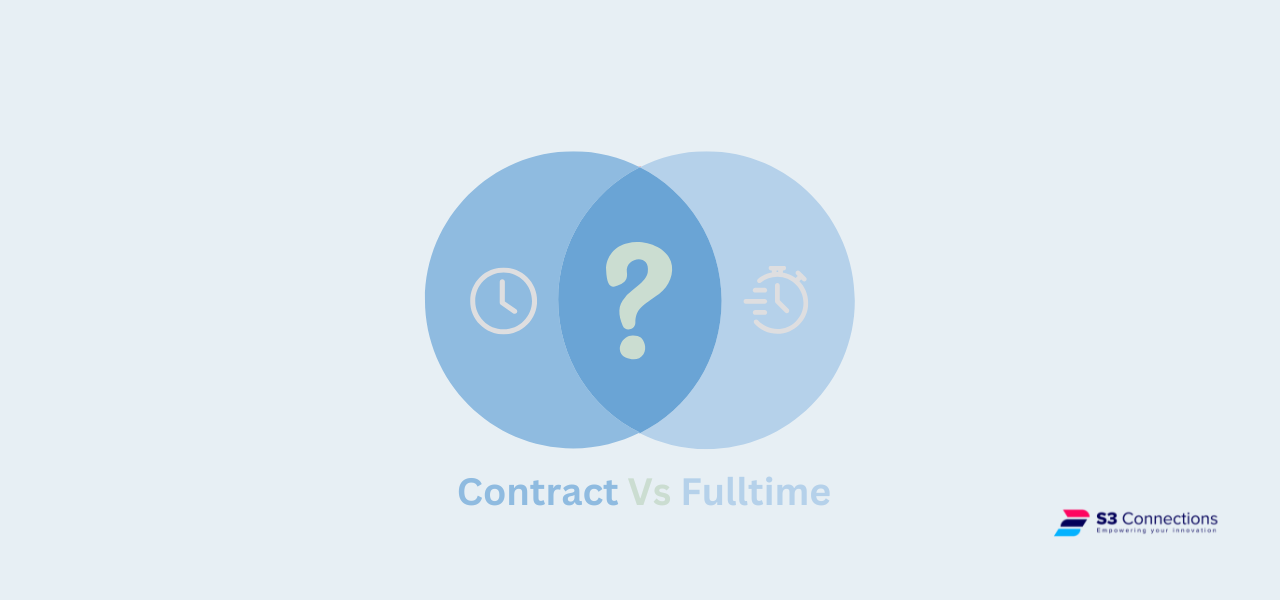The Cost of Poor Application Performance: Understanding the Unseen Losses

Poor performance in an application can manifest in various ways, but typically it refers to the application’s inability to meet expected levels of responsiveness, stability, and reliability, particularly when under stress or heavy usage. Here’s a more detailed exploration of what constitutes poor performance:
1. Slow Response Times: Users experience delays when interacting with the application, such as slow loading times for web pages, sluggish response to user input, or delays in processing requests.
2. Frequent Crashes: The application may crash or become unresponsive unexpectedly, leading to disruptions in user productivity or business operations.
3. High Resource Utilization: Under moderate to heavy loads, the application consumes excessive system resources such as CPU, memory, or disk space, causing other processes or applications on the same system to slow down or become unresponsive.
4. Inconsistent Performance: Performance may vary unpredictably, with some operations completing quickly while others take significantly longer, depending on factors like data volume, concurrent users, or specific user actions.
5. Scalability Issues: The application may struggle to handle increased user traffic or data volume without degradation in performance. This could indicate architectural limitations or inefficiencies in resource allocation.
6. Memory Leaks: Poorly managed memory usage can lead to memory leaks, where allocated memory is not properly released after use, gradually consuming available memory and eventually causing the application or system to crash.
7. Database Bottlenecks: If the application relies heavily on a database, inefficient queries, poor indexing strategies, or lack of database optimization can lead to slow database performance, impacting overall application responsiveness.
8. Network Latency: In distributed systems or web applications, delays in network communication between client and server components can contribute to poor performance, especially in applications requiring real-time data processing or synchronization.
9. Impact on User Experience: Slow or unreliable performance can frustrate users, leading to decreased user satisfaction, abandonment of the application, or negative reviews and reputation damage.
10. Load Testing Failures: During load testing or stress testing, the application may fail to meet performance benchmarks or may exhibit performance degradation beyond acceptable thresholds, highlighting potential scalability or performance bottlenecks.
Addressing poor performance requires a comprehensive approach that may involve performance profiling, code optimization, database tuning, caching strategies, load balancing, infrastructure scaling, and architecture redesign where necessary. Regular monitoring and performance testing are crucial to identify and mitigate performance issues proactively, ensuring that the application can deliver optimal performance under varying conditions and loads.






